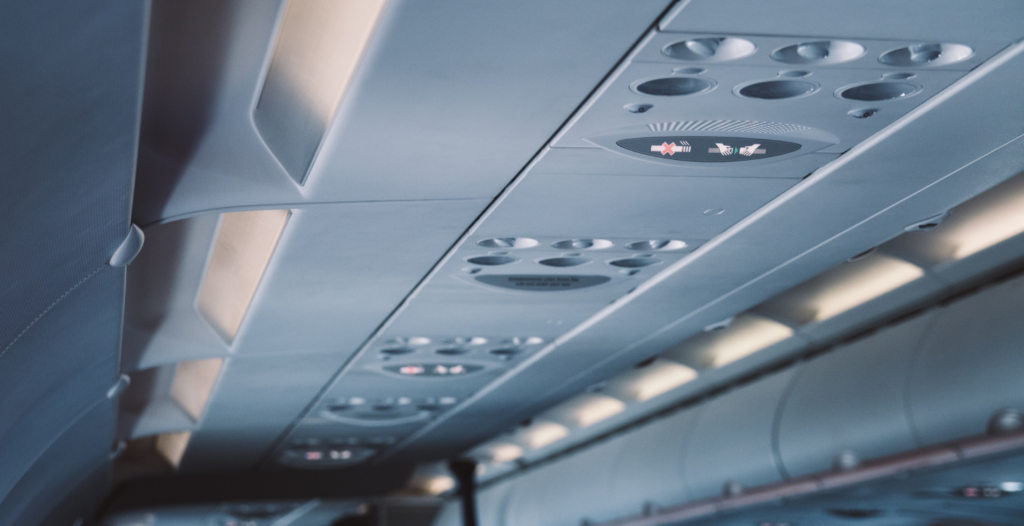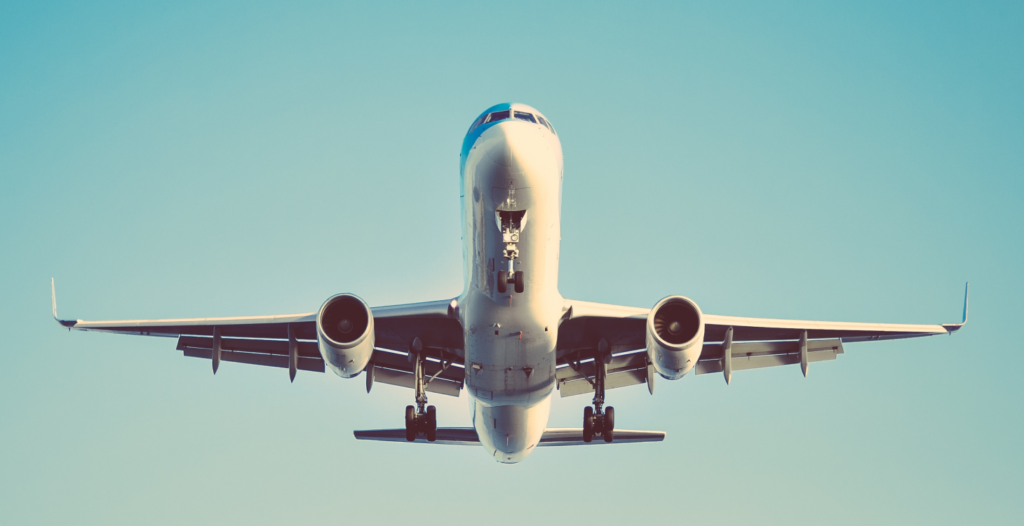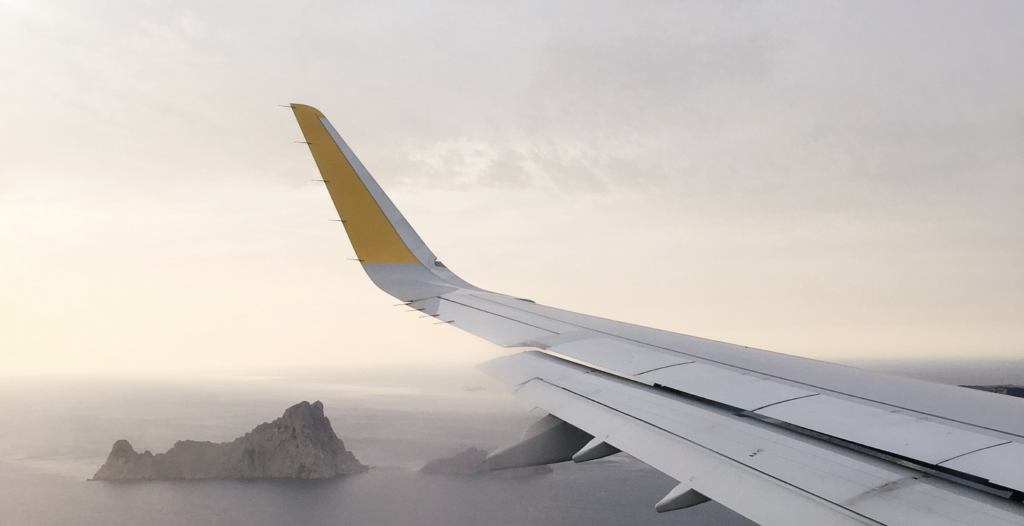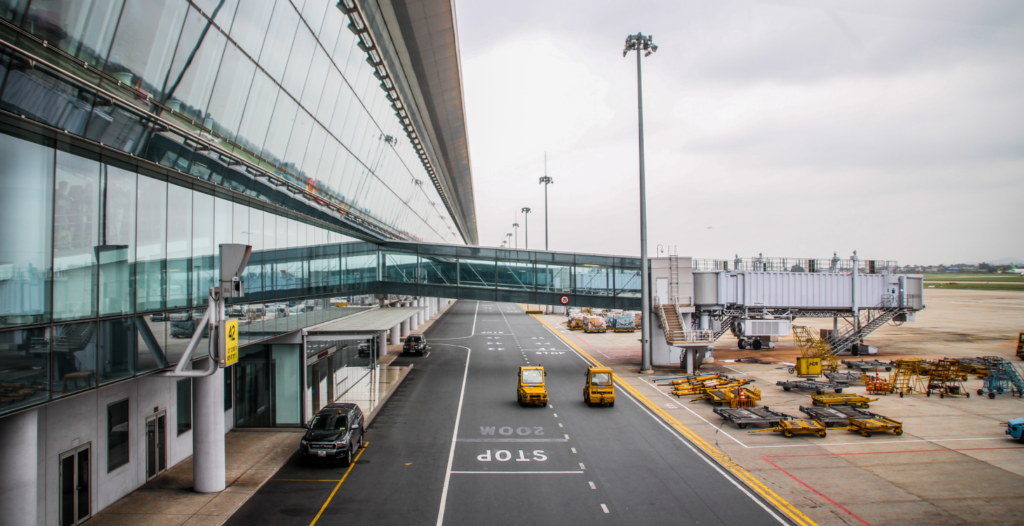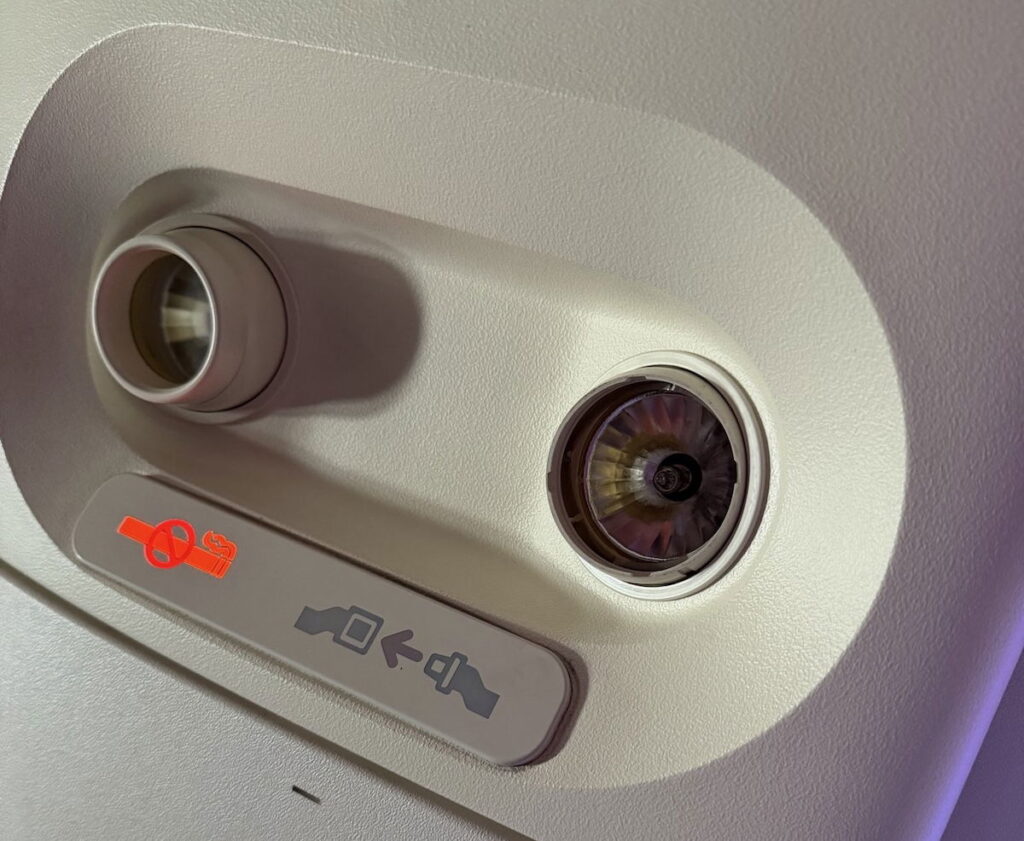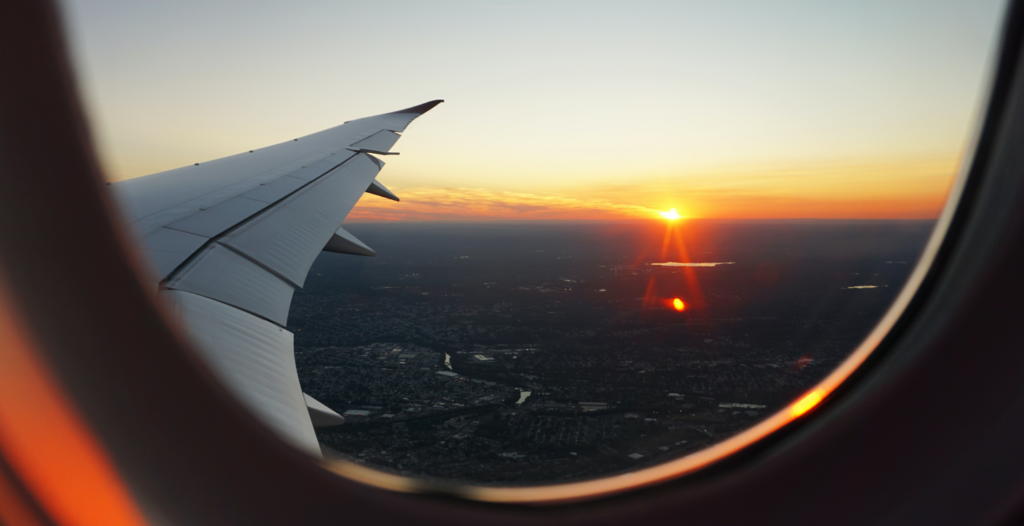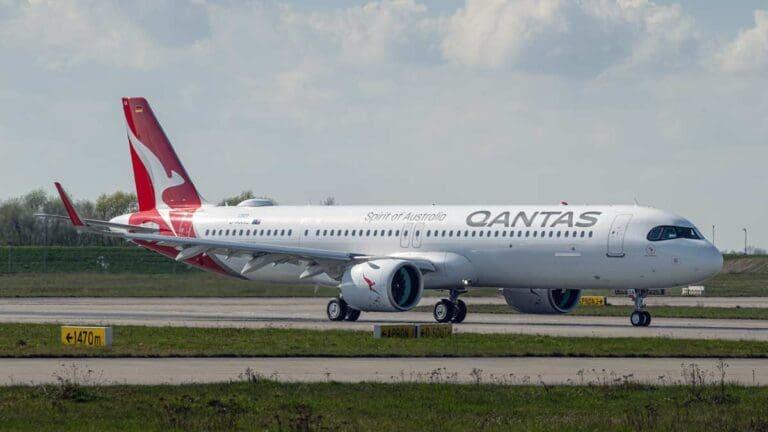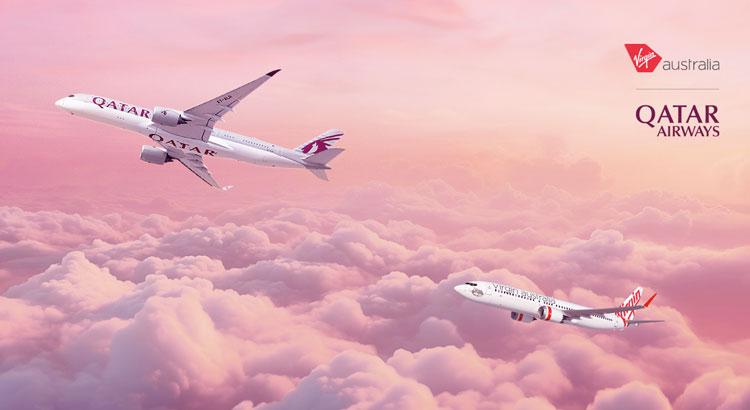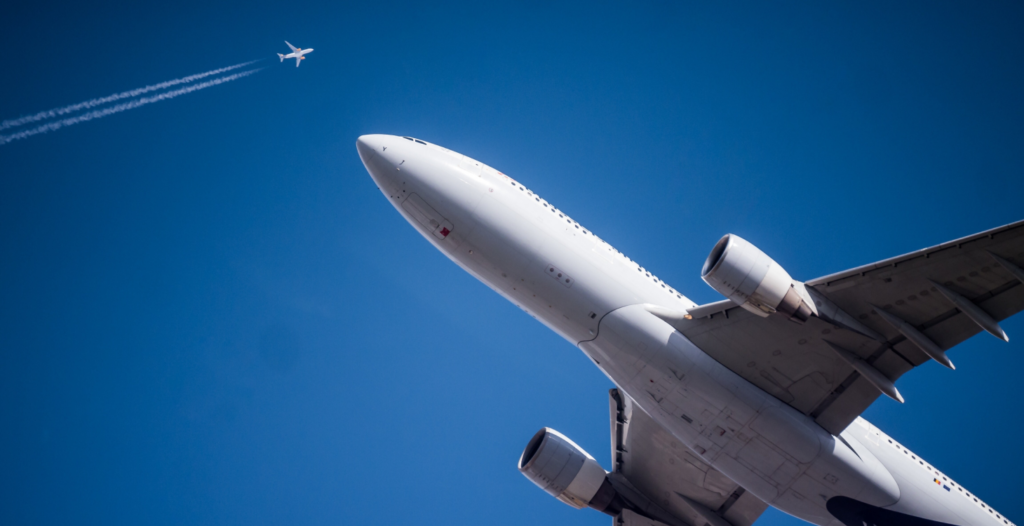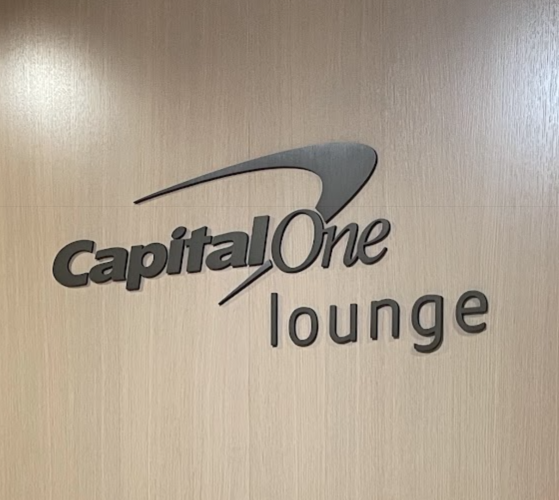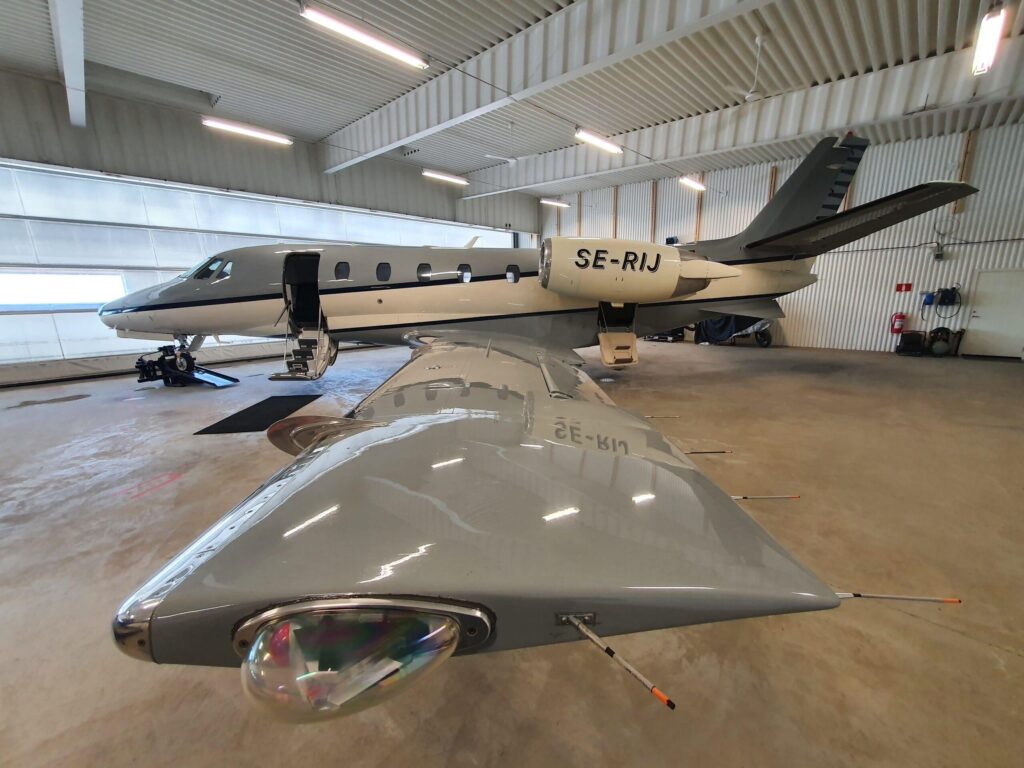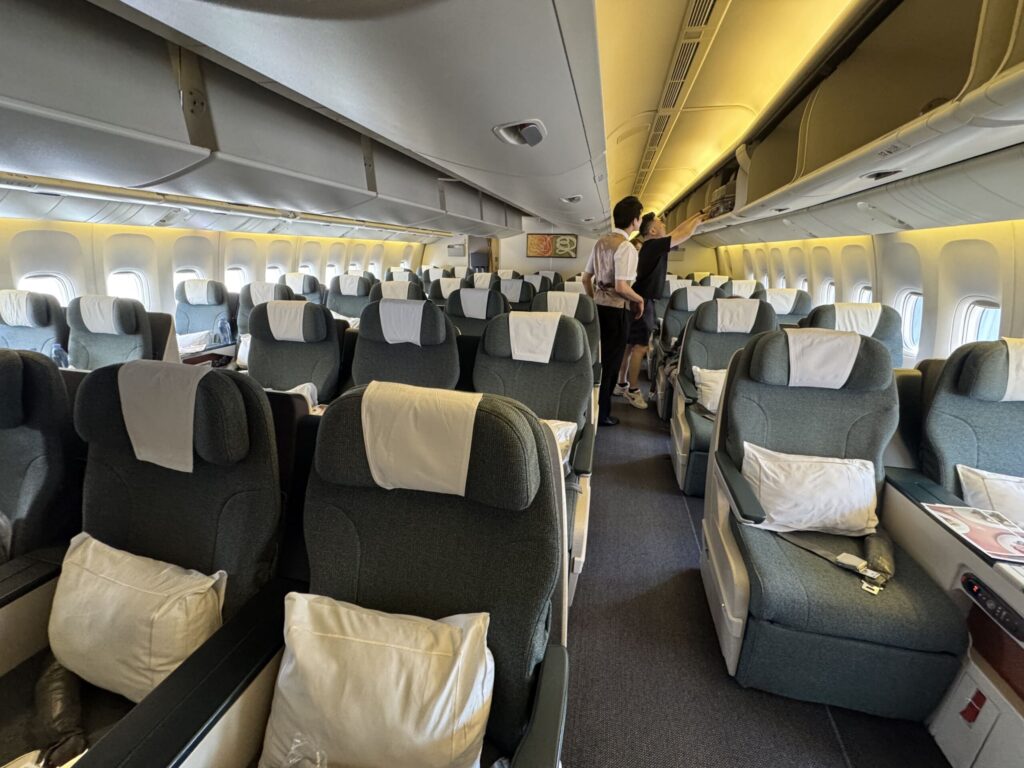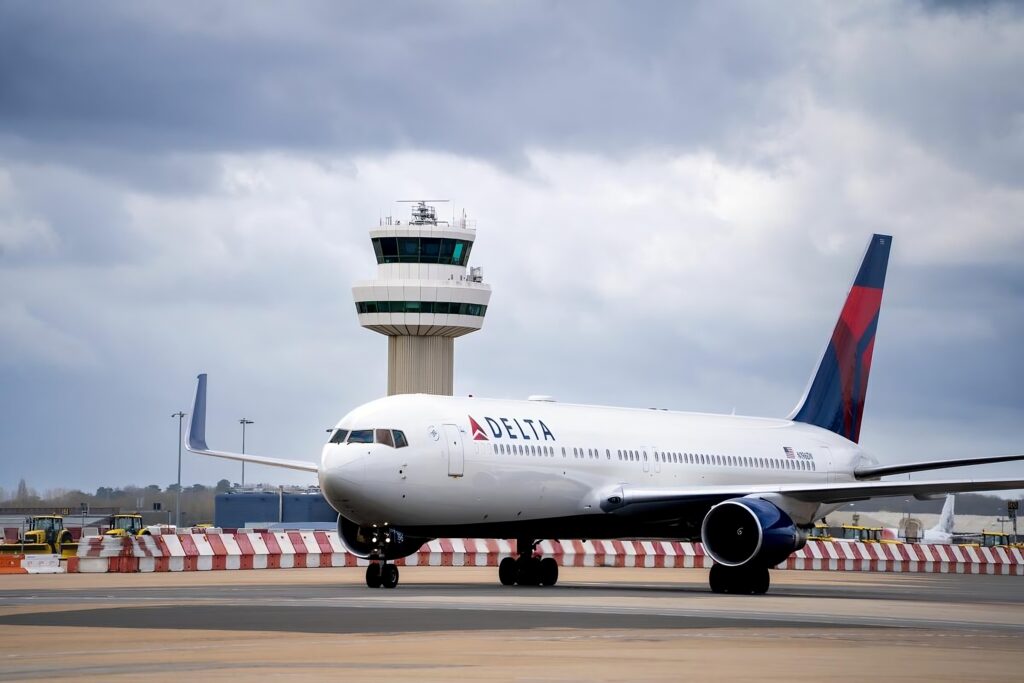
Flying to Europe on a Budget: Norse vs. French Bee
Budget Airlines Taking Off

Budget carriers are making waves by offering transatlantic fares at prices once thought impossible. From newcomers like Norse Atlantic to established operators like French Bee, these airlines provide super-low base fares that often start around $200 or $500 one-way. Travelers frequently rely on subscription services, such as Going, to snag deals as soon as they pop up. However, the trade-off usually involves fewer amenities and added fees for baggage, meals, or seat selection.
Frequent flyers who are light packers or have flexible schedules can benefit the most from these discounted rates. Families and leisure travelers may also find relief in being able to cross the Atlantic without breaking the bank, but it’s good to factor in potential add-ons and longer airport check-in times due to the high volume of budget-conscious passengers.
In my own experience, I’ve seen these low-cost pioneers reshape the competitive landscape. According to a 2024 consumer travel survey by Europe’s Center for Aviation, demand for budget transatlantic flights rose by 20% within two years of their expansion. I’ve observed that the best deals often pop up about three months in advance, so setting up price alerts and being flexible with dates can lead to significant savings.
That said, there are strategies to manage the extra fees. I’ve learned to focus on essentials and pack only what I need, especially when each checked bag can tack on $50 or more to the final bill. Anyone considering these carriers should think ahead about seat preferences, meal options, and baggage allowances. Otherwise, those tempting base fares may quickly escalate.
French Bee: Low Fares from LAX and Beyond

French Bee operates out of Paris Orly and has expanded its network to include U.S. routes such as Los Angeles–Paris, with round-trip fares starting around $554. The airline flies modern Airbus A350s configured with Basic and Smart economy options, plus a premium economy cabin. Basic fares are indeed no-frills, requiring passengers to pay for extras like meals and checked baggage. However, many travelers find these low upfront costs appealing, especially for short transatlantic trips.
While French Bee is praised for its clean, modern jets, it offers fairly standard ground service; lines can get long at check-in due to the high passenger counts. On board, there is in-flight entertainment and the option to purchase meals, though economy seating can feel tight for taller passengers.
In my travels, I’ve noticed that French Bee’s strong point is its predictable pricing structure. According to a 2023 ranking by Airlineratings.com, the airline scored well for providing clear, itemized costs, which can help travelers make informed decisions. I’ve also encountered families taking advantage of French Bee’s relatively spacious Airbus A350 cabins, finding that if they plan carefully for baggage and meal fees, the savings can be substantial.
It’s important to remember that these savings come with trade-offs. In high season, flights can be crowded, resulting in long queues and limited overhead storage space. My advice is to arrive early, stay organized with boarding documents, and consider purchasing additional items like priority boarding if reducing stress is a priority. These steps can make a difference when traveling during peak times.
Norse Atlantic: Super-Cheap Transatlantic Service

Norse Atlantic is relatively new, having launched in 2021, but it has already garnered attention with incredibly low fares, sometimes as low as $200 from London to New York. Its Boeing Dreamliners offer decent legroom and in-flight entertainment, yet the bare-bones economy ticket includes strict baggage limits, no carry-on, and no complimentary meal. Passengers needing greater flexibility or who bring multiple bags may wind up paying extra fees that quickly add up.
For budget-minded travelers who can stick to fixed plans and a minimal amount of luggage, Norse’s ultra-low base fares are hard to beat. Those who need better change policies or customer service may find the airline’s sparse offerings frustrating.
Based on observations from industry data published in early 2025, Norse Atlantic’s passenger traffic nearly doubled in under two years, demonstrating the appetite for budget transatlantic options. While I’ve heard praise for their friendly cabin crews, I also found that the strict baggage policy can be a challenge. In my case, I avoid any last-minute surprises by carefully weighing carry-ons and checking the fee structure online before booking.
Another point to consider is onboard comfort. Although the Dreamliner is known for better cabin humidity and air pressure, amenities like complimentary meals or drinks are absent in the basic fare. If you’re comfortable bringing your own snacks and keeping your packing list minimal, Norse Atlantic’s base fare remains highly attractive. However, travelers who need flexibility might be better off purchasing an upgraded ticket or opting for a more traditional carrier.
A Peek at Premium Economy Perks
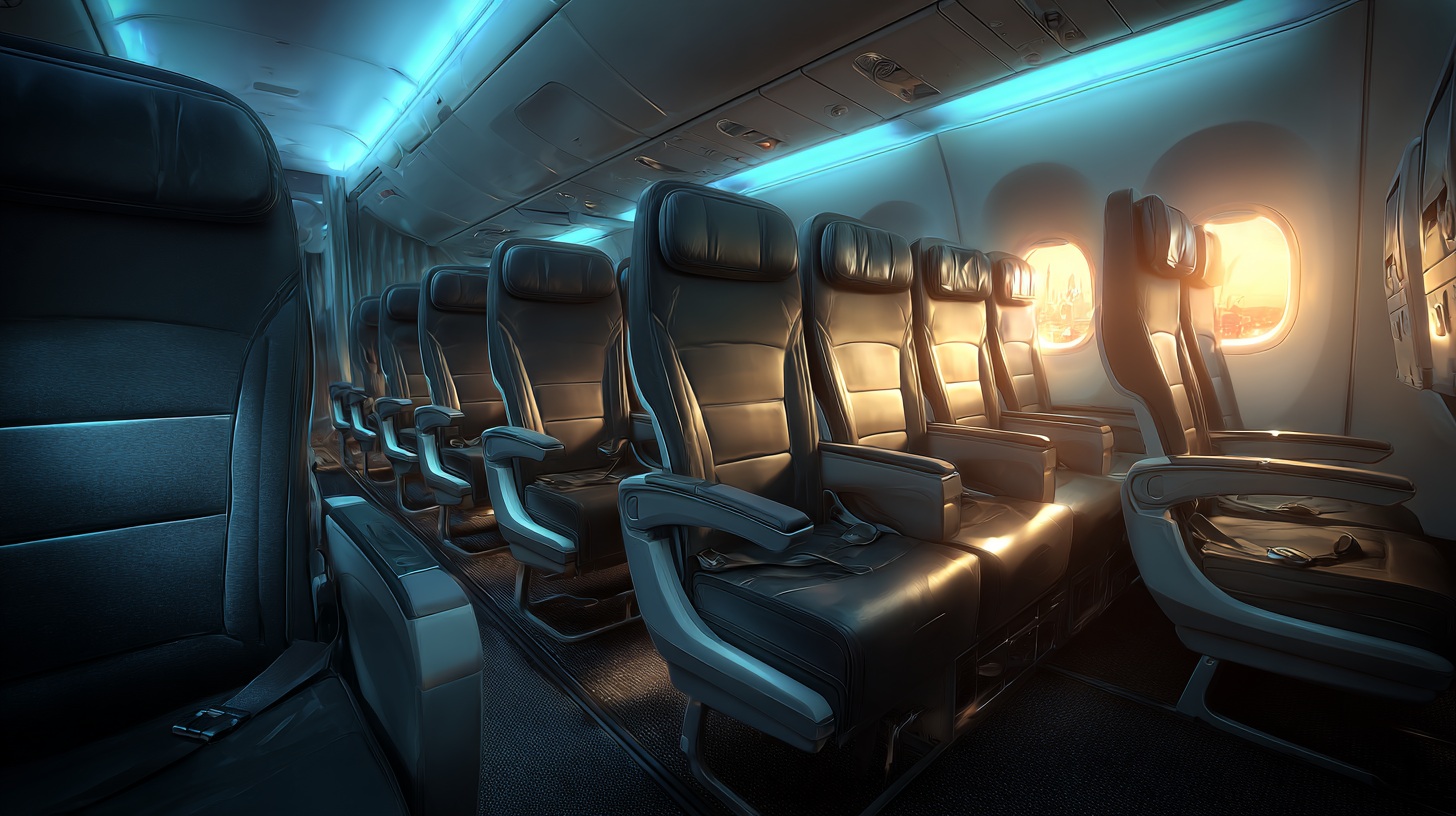
Both French Bee and Norse Atlantic provide premium economy, though their amenities vary. French Bee’s premium seating comes with about 36 inches of pitch, plus perks like a vanity kit, champagne, priority boarding, and a heftier carry-on allowance. Norse Atlantic, on the other hand, offers about 43 inches of legroom and a more generous recline in its premium cabin, but lacks Wi-Fi and serves a more basic meal.
Deciding between the two depends on personal preferences. Travelers who value a slightly more festive atmosphere and meal upgrades might lean toward French Bee, while those needing extra space to stretch out or who simply want a roomier seat could opt for Norse’s premium product.
When I’ve tested these premium cabins, I immediately noticed that French Bee’s complimentary champagne can be a delight for those celebrating a special occasion. Conversely, Norse Atlantic’s legroom advantage becomes evident on longer flights, particularly for folks over six feet tall. A 2024 study by Global Traveler revealed that passengers with at least 38 inches of seat pitch reported markedly lower fatigue levels on flights over seven hours in duration.
Even so, it’s wise to compare addons like Wi-Fi or meal quality if you plan to work or relax extensively during the flight. I’ve found that both carriers still charge extra fees for certain ‘premium’ benefits, so reviewing each airline’s detailed fare chart before booking can save you from mid-journey surprises.
Final Verdict: Are They Worth It?

French Bee and Norse Atlantic represent a growing wave of budget airlines bridging the U.S. and Europe at impressively low fares. They can be an excellent choice for travelers who are cost-conscious, do not mind a no-frills service model, and are prepared to pay extra for meals or checked bags. Their premium cabins add some comfort, yet still come at lower prices than many legacy carriers’ competing products.
Before booking, frequent flyers should carefully consider overall costs—such as baggage fees and seat selections—alongside their schedule flexibility. For those who are able to travel light and appreciate a straightforward approach to flying, both Norse and French Bee can be worthwhile options when jetting across the Atlantic.
In my view, these airlines fill an important gap for travelers who seek affordability and don’t need an abundance of frills. Still, it’s essential to check refund or rebooking policies, particularly if you have tight timelines. While the lure of rock-bottom fares is real, sometimes a pricier ticket with fewer restrictions can be the safer bet, especially if your plans aren’t set in stone.
Finally, be sure to track industry trends if you’re a frequent flyer. A 2025 analysis by the Global Aviation Forecast Group projects that more budget-friendly carriers will enter the transatlantic market, likely driving competition—and prices—even lower. Staying informed will help you decide whether these no-frills, cost-conscious airlines align with your travel goals.
Final Thoughts

In a market brimming with options, budget airlines like French Bee and Norse Atlantic continue to stand out for their rock-bottom fares and occasionally surprising perks. They’re especially useful for flexible travelers who don’t mind mixing and matching paid upgrades with a streamlined overall service. But the choice always boils down to weighing convenience, comfort, and cost.
If you’re wondering about booking one of these carriers today, my recommendation is to do a side-by-side price comparison of your specific dates and preferences. Check those extra fees well in advance, look up real-time traveler feedback, and consider how much wiggle room you have if plans change. Being proactive often makes all the difference between a smooth journey and unexpected hiccups.
Brad Lightall’s Take
At the heart of it, these airlines cater to a new wave of thrifty explorers who place price and innovation ahead of in-flight luxuries. I’ve personally been intrigued by how swiftly they’ve carved out a niche in a highly competitive arena, and I foresee even more creative fare classes and bundled options emerging in the next few years.
I’m excited by the notion that budget flights will continue to open new possibilities for travelers, inspiring people to explore without the worry of sky-high fares. Sometimes, it’s not about the lounge access or the gourmet meal—it’s about making the experience of crossing the ocean accessible to those who’d rather spend big on the destination itself.
BoardingArea is your go-to source for staying current with the latest developments in travel.

